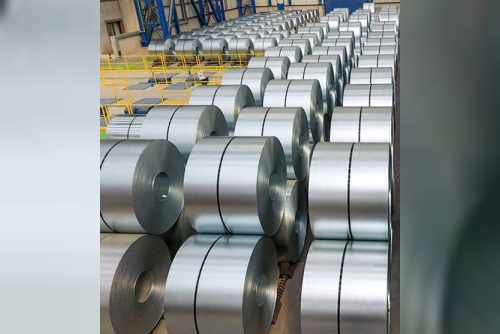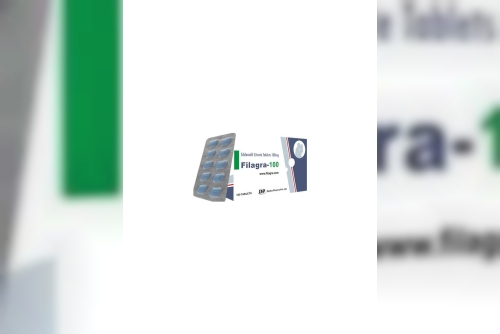When choosing materials for various applications, especially in fields like manufacturing and construction, understanding the magnetic properties of materials can be crucial. Stainless Steel 430 is a commonly used grade of stainless steel, but is it magnetic? In this blog, we will delve into the magnetic properties of Stainless Steel 430 and explore how Steel 430 slit coils fit into this context.
What is Stainless Steel 430?Stainless Steel 430 is a ferritic stainless steel known for its good corrosion resistance, formability, and high-temperature stability. It is primarily composed of chromium (approximately 16-18%) with little to no nickel. This composition gives it its distinct properties and makes it suitable for a variety of applications, including automotive trim, kitchen appliances, and industrial equipment.
Magnetic Properties of Stainless Steel 430
One of the key characteristics of Stainless Steel 430 is its magnetic property. Unlike austenitic stainless steels, which are generally non-magnetic due to their face-centered cubic crystal structure, ferritic stainless steels like 430 are magnetic. Here’s why:
Ferritic Structure: Stainless Steel 430 has a body-centered cubic (BCC) crystal structure. This structure is what makes it magnetic, as the arrangement of atoms in ferritic stainless steels allows for the alignment of magnetic domains.
Chromium Content: The high chromium content in Stainless Steel 430 contributes to its magnetic properties. Chromium stabilizes the ferritic phase, which is inherently magnetic.
Applications of Steel 430 Slit CoilsSteel 430 slit coils are a common form of Stainless Steel 430 used in various applications. These coils are produced by slitting larger rolls of stainless steel into narrower widths to meet specific requirements. The magnetic properties of Steel 430 make it suitable for certain uses:
Automotive Industry: Steel 430 slit coils are used in the automotive industry for trim and decorative elements. The material’s magnetic properties are beneficial for applications where magnetic attraction is used in assembly processes.
Kitchen Appliances: In kitchen appliances like refrigerators and ovens, Stainless Steel 430’s magnetic properties make it easy to use in manufacturing and assembly. It’s also chosen for its resistance to corrosion and high temperatures.
Industrial Equipment: Steel 430 slit coils are employed in various industrial settings due to their durability and magnetic properties. They are used in components that require magnetic attraction or are subject to harsh conditions.
Benefits of Using Stainless Steel 430Corrosion Resistance: While not as resistant as higher-grade stainless steels like 304 or 316, Stainless Steel 430 offers good resistance to oxidation and corrosion in mildly corrosive environments.
Formability: Stainless Steel 430 is easy to form and fabricate, making it suitable for a variety of applications where complex shapes are required.
Cost-Effectiveness: Compared to other stainless steel grades, Stainless Steel 430 is more cost-effective, providing a balance of performance and affordability.
ConclusionSteel 430 slit coils are a versatile and practical option for various applications, thanks in part to the magnetic properties of Stainless Steel 430. Its ferritic structure makes it magnetic, which can be advantageous in specific manufacturing and industrial contexts. While it may not offer the same level of corrosion resistance as other stainless steel grades, its formability, cost-effectiveness, and magnetic properties make it a valuable material in many sectors.











